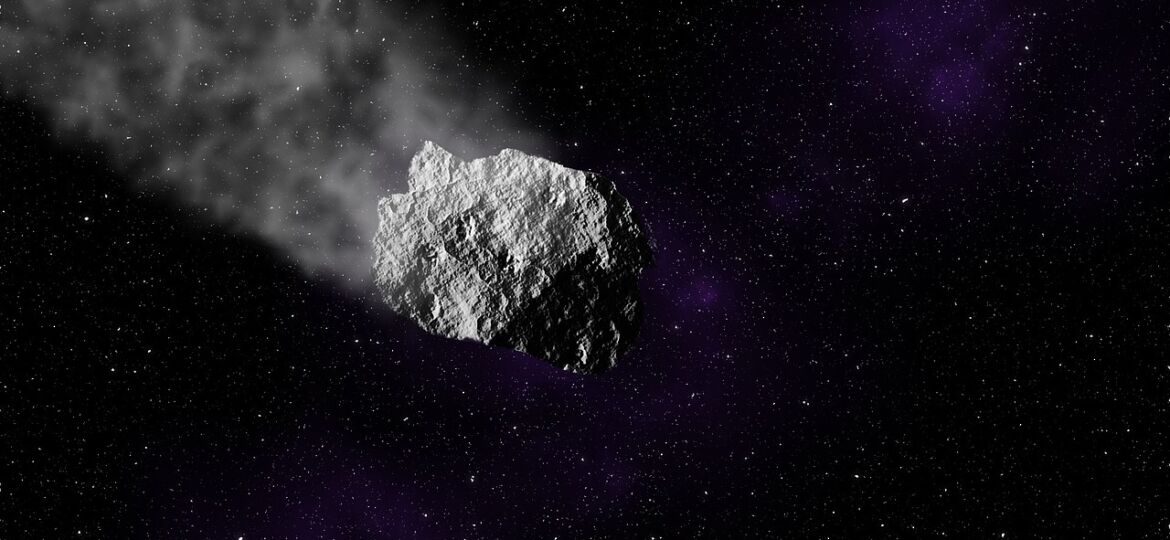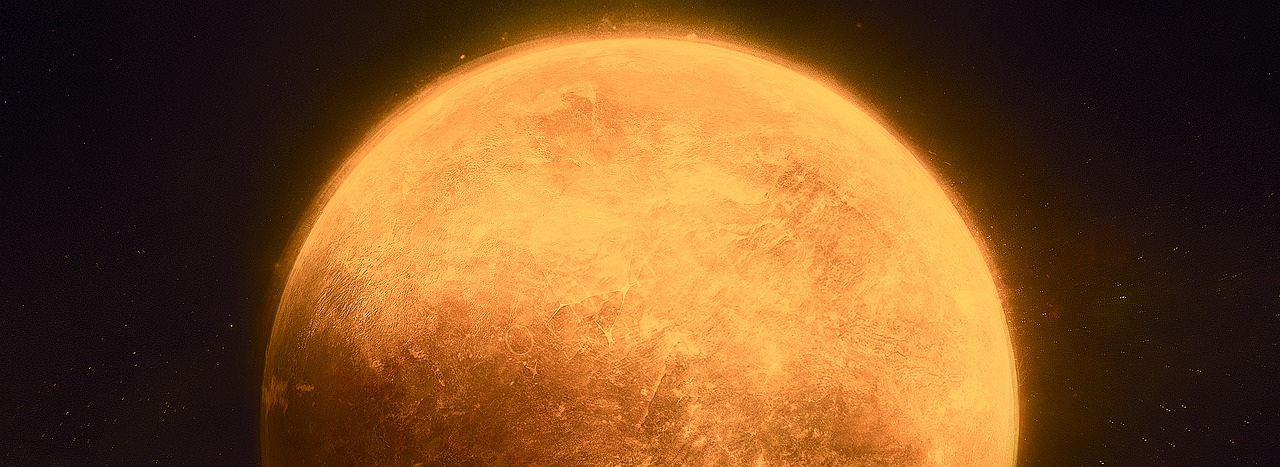
Astronomers have verified the presence of the second Earth Trojan asteroid known to date, the 2020 XL5, following a decade of search.
After a decade of searching, an international team of astronomers headed by Toni Santana-Ros of the University of Alicante and the University of Barcelona’s Institute of Cosmos Sciences (ICCUB) has verified the presence of the second Earth Trojan asteroid known to date, the 2020 XL5. The study’s findings were just published in the journal Nature Communications.
All celestial objects in our solar system, including the Sun and planets, are affected by the gravitational pull of all the other huge things that make it up. Newton’s equations of gravity indicate that there are five locations in the Earth-Sun system where all the forces acting on an item placed at that point cancel each other out. These areas are known as Lagrangian points, and they are extremely stable. Earth Trojan asteroids are tiny entities that orbit around the Sun-Earth system’s L4 or L5 Lagrangian points.
These findings reveal that 2020 XL5 is the second transitory Earth Trojan asteroid discovered to far, and all indications are that it will stay Trojan (that is, at the Lagrangian point) for the next four thousand years, qualifying it as temporary. The researchers have calculated the mass size of the object (about one kilometer in diameter, greater than the largest Earth Trojan asteroid known to date, the 2010 TK7, which was 0.3 kilometers in diameter), as well as the rocket impulse required to reach the asteroid from Earth.
Although Trojan asteroids have been discovered on other planets such as Venus, Mars, Jupiter, Uranus, and Neptune for decades, the first Earth Trojan asteroid was discovered in 2011. Many observational strategies for detecting new Earth Trojans have been described by astronomers. “Many earlier efforts to identify Earth Trojans have been made, including in situ surveys such as the search inside the L4 area undertaken by the NASA OSIRIS-Rex spacecraft or the search within the L5 region conducted by the JAXA Hayabusa-2 mission,” says Toni Santana-Ros, the publication’s author. “All focused efforts have so far failed to uncover any new member of this population,” he continues.
The shape of an object circling the Earth-Sun L4 or L5 as observed from our planet explains the poor success rate in these searches. These objects may generally be seen when they are near to the sun. As a result, the observation window between the asteroid rising above the horizon and sunrise is extremely narrow. As a result, astronomers aim their telescopes low in the sky, where vision is worst, and with the added disadvantage of impending sunlight overwhelming the background light of the photographs after just a few minutes of viewing.
To solve this problem, the team carried out a search of 4-meter telescopes that would be able to observe under such conditions, and they finally obtained the data from the 4.3m Lowel Discovery telescope (Arizona, United States), and the 4.1m SOAR telescope, operated by the National Science Foundation NOIRLab (Cerro Pachón, Chile).
The finding of the Earth Trojan asteroids is noteworthy because they may provide a detailed record of the early circumstances in the creation of the Solar System, since the primitive trojans may have orbited the planets throughout their formation, and therefore constrain the Solar System’s dynamic development. Furthermore, Earth Trojans are good candidates for future interplanetary expeditions.
The L4 Lagrangian point is reached with a little change in velocity since it shares the same orbit as the Earth. This means that a spaceship would need a minimal energy budget to maintain a constant distance from the Earth in its shared orbit. “Earth Trojans might serve as great locations for expanded research of the Solar System, and they could even serve as a resource source,” Santana-Ros concludes.
The finding of additional trojans will improve our understanding of the dynamics of these mysterious objects, as well as the physics that enable them to be fleeting.





